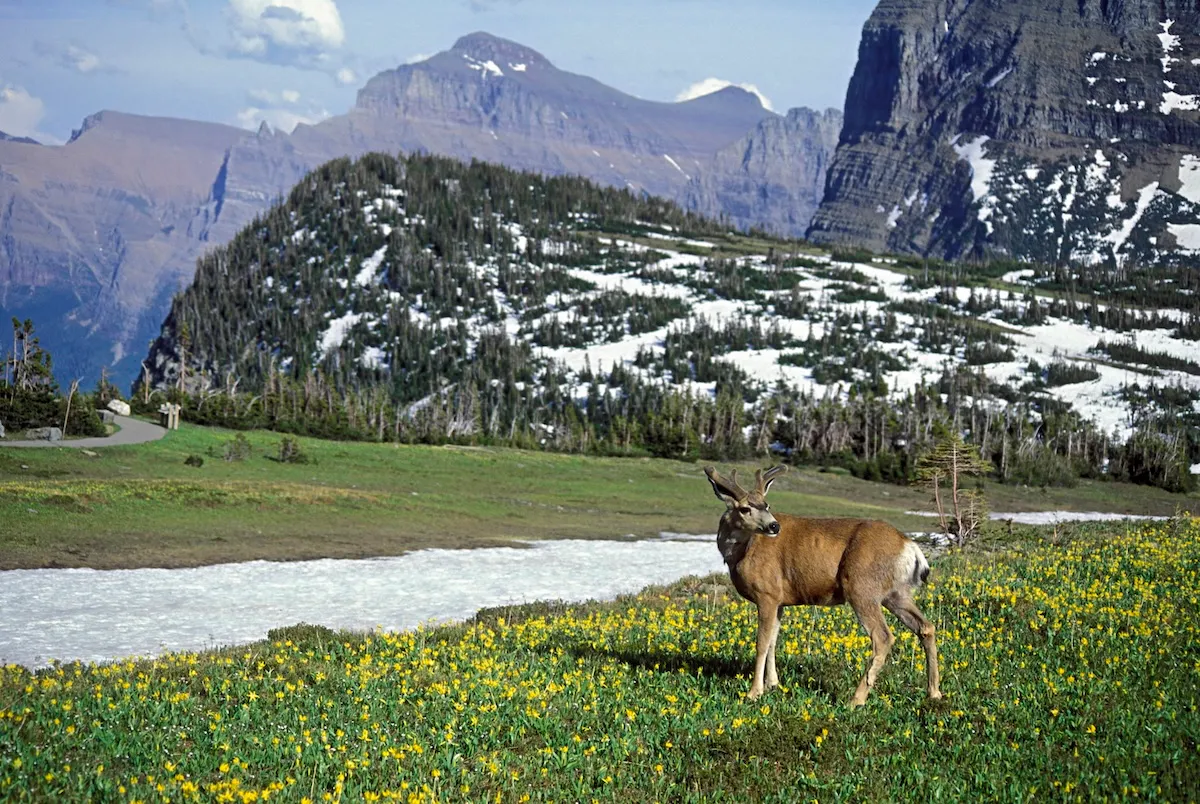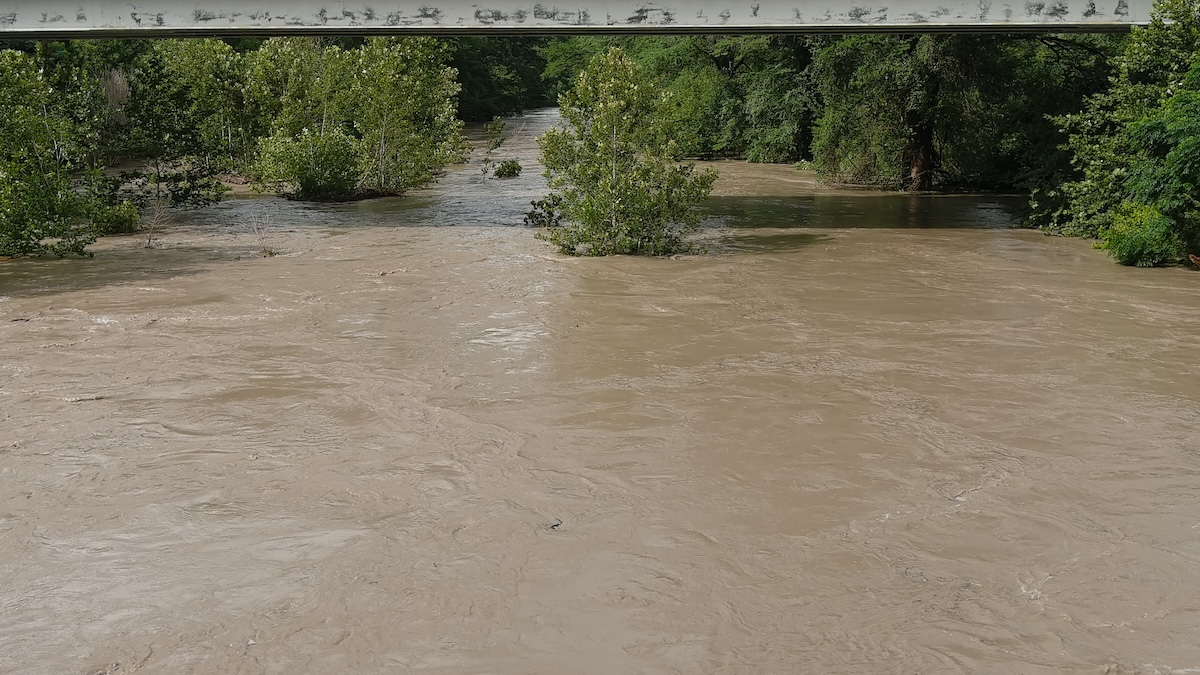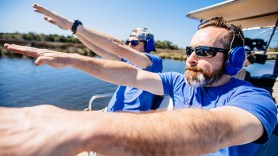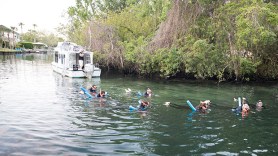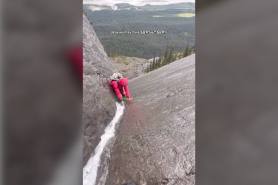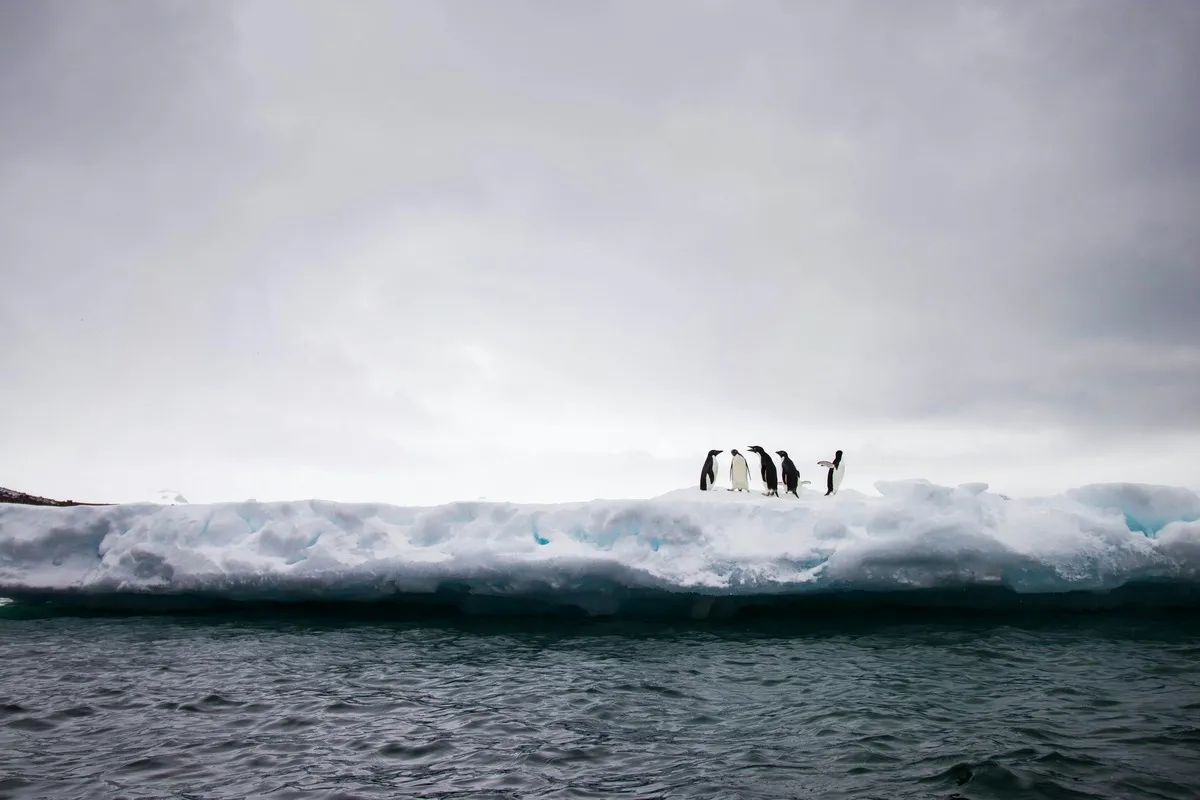

With light dancing on icebergs, penguins sliding on their bellies, whales swimming by, and seals lounging on pieces of ice, Antarctica is an ultimate bucket-list destination for nature lovers. It is also a destination that requires some planning and preparation to have the best experience.
Videos by Outdoors
It may be one of the most remote places on the planet, but people do go there. During the 2022-23 season, the International Association of Antarctica Tour Operators (IAATO) recorded more than 104,000 visitors traveling to Antarctica. The majority—more than 71,000 were able to “land” and set foot on the continent, while more than 32,000 visitors were on “cruise-only” voyages. Additionally, around 800 other visitors traveled to “deep field” locations.
Would you like to be one of the relative few who visit this icy continent? Read on to learn what a visit to Antarctica entails.
Visit Antarctica: Where Expeditions Go
The Antarctic Peninsula is the most popular place in Antarctica for visitors, and it is commonly accessed by ships departing from South America. People often sail to Antarctica from places like Ushuaia, Argentina, and Punta Arenas, Chile, though some vessels depart from other places—and even other continents. While many trips focus on the Antarctic Peninsula, some include the nearby South Shetland Islands, while others also include more distant destinations like the Falkland Islands (Islas Malvinas) or South Georgia.
Ships with more than 500 passengers are “cruise-only” according to IAATO, and they do not offer landings. Smaller vessels with fewer than 500 passengers are able to have landings, which are opportunities to walk or hike on land. Expedition ships can offer a variety of different activities in Antarctica, from outdoor excursions to lectures. Rides in small motor-powered inflatable boats are popular, while some ships offer activities like kayaking, stand-up paddleboarding, and even an Antarctic polar plunge.
A few companies even offer opportunities to camp in Antarctica if the conditions cooperate—which is definitely not guaranteed. HX (Hurtigruten Expeditions) is one company that offers a number of opportunities to participate in citizen-science projects while in Antarctica, from assessing water quality to recording wildlife.
When traveling to Antarctica, flexibility is key. The ship’s captain and expedition team will set each day’s itinerary while keeping a number of backup plans in mind, coordinating with other ships to spread out the landing locations and finding areas with favorable conditions. If conditions do not cooperate, excursions are canceled to keep everyone safe.
The Drake Passage
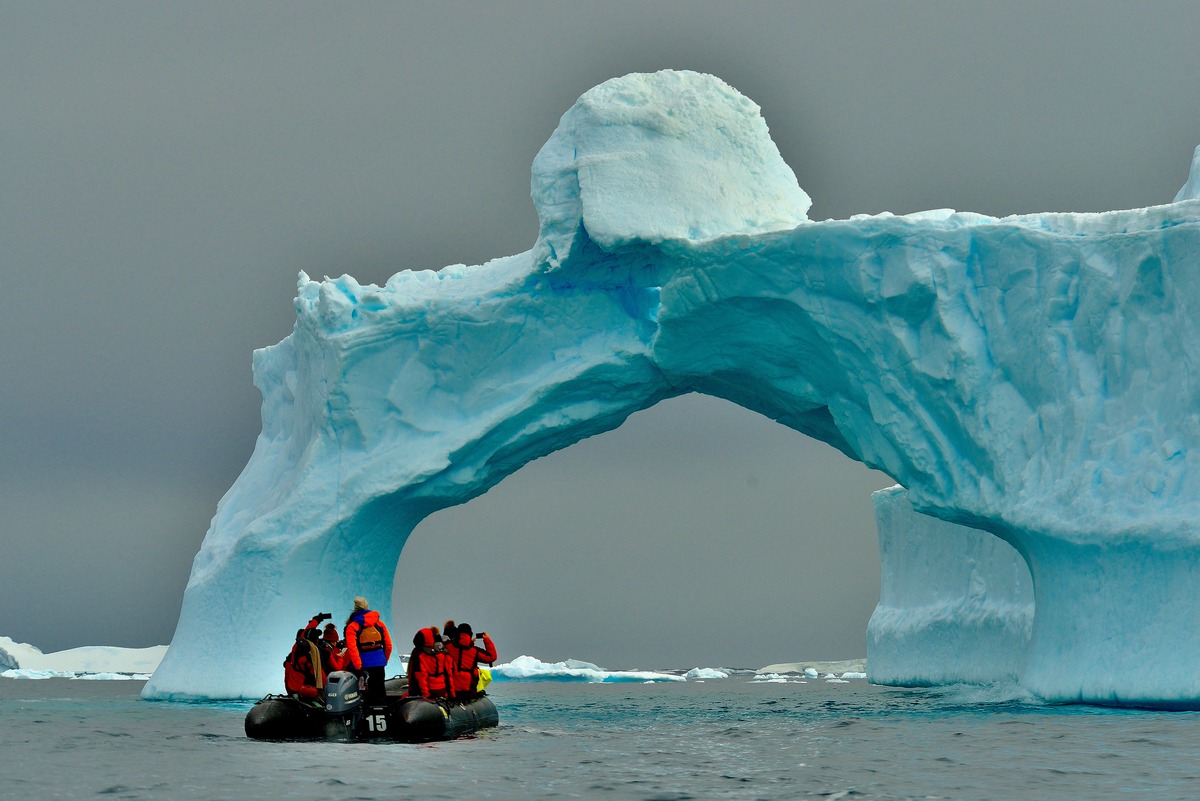
Anyone who has considered traveling on a ship to Antarctica has heard all sorts of stories about the fabled Drake Passage. The water between the tip of South America and Antarctica is known for the possibility of ferocious weather, high swells, and sometimes stomach-churning conditions.
Experienced voyagers say the crossing can be the “Drake Lake” where waters are fairly calm or the “Drake Shake” with big swells and a lot of ship movement. Generally, the ship’s team will keep passengers informed about what to expect so they can take preparations, such as taking motion-sickness medicine.
When to Visit Antarctica
When blizzards sweep across the U.S., and sub-zero weather sets in for the winter, it’s summer in Antarctica. Of course, that doesn’t mean it’s time for flip-flops and shorts, but it is the time when most visitors access the continent. Be prepared for sun, snow, sleet, wind, rain—and just about any other type of weather—along with rapidly changing conditions.
November to March is the primary visitation season in Antarctica, and each month has its advantages, from longer daylight to the chance to see different types of wildlife behaviors.
You might find more pristine snow in November, early in the season. This is a time when penguins are having courtship rituals, mating, and building nests. It is often colder, and the weather can be unpredictable.
“If you arrive in November, you’re going to see the very beginning of the summer, which means that there will be plenty of snow,” says Jean-Roche de Susanne, expedition manager for Atlas Ocean Voyages. “You will find some much more pristine landscapes, so much less land and rock, and it will also be the beginning of the penguin breeding season.”
December and January have longer days and plenty of wildlife activity, while February and March are particularly good for whale watching.
Be a Responsible Visitor
In 1991, seven tour companies founded IAATO in an effort to work together to protect Antarctica. Today, more than 100 companies are members. The Antarctic Treaty also works to protect the continent.
When visiting Antarctica, visitors attend briefings to learn about rules and regulations for protecting the continent. Visitors who have landings must clean and decontaminate clothing and any gear they bring ashore. This means vacuuming out any pesky seeds that may be at the bottom of a backpack or affixed to a fastener on a jacket and ensuring no soil or other biological matter lingers on a camera tripod.
Ships often provide boots for landings, along with the equipment to clean and sanitize them each time you return to the ship. Visitors can prepare by looking at IAATO guidelines and wildlife-watching practices.
Prepare for Your Antarctica Visit
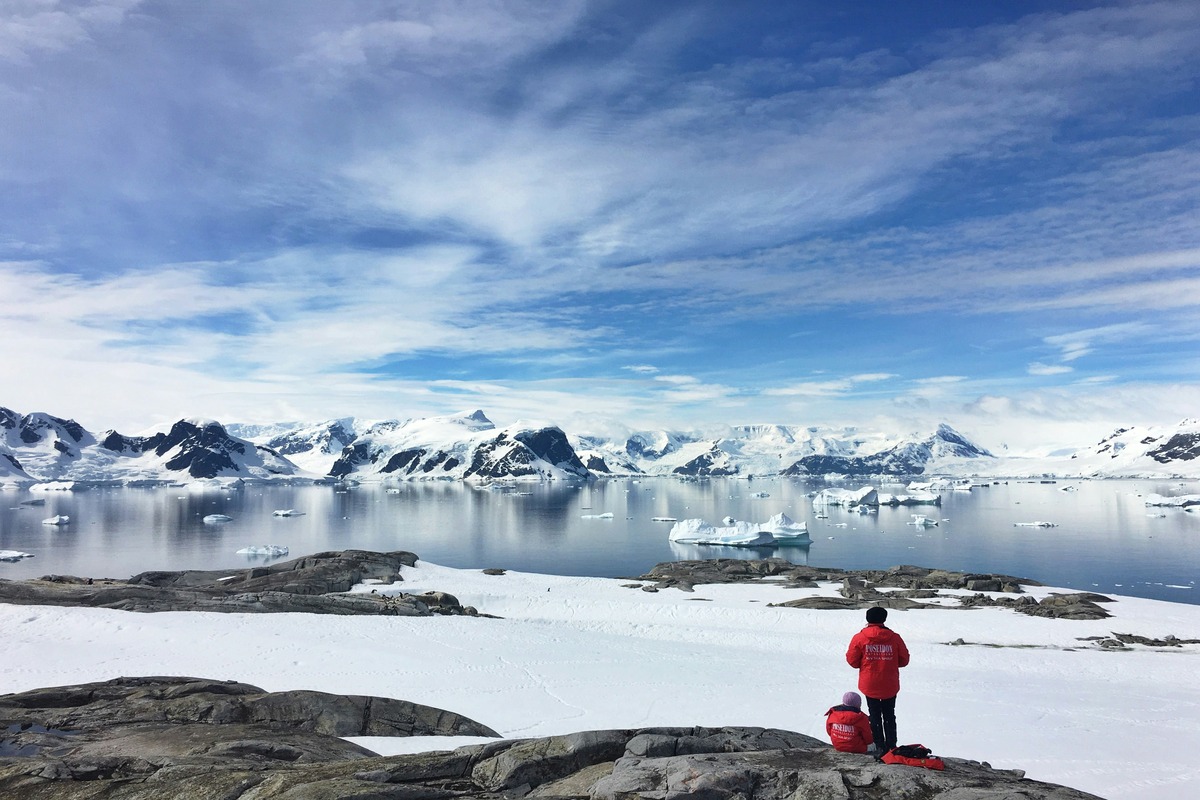
Check with your tour operator ahead of time to make sure you have everything in order, from passports and visas to medical forms and insurance. Read each company’s advice on how to prepare for your journey, and spend some time going through the packing list they will likely provide.
When packing, bring layers (be sure to avoid cotton and opt for materials like merino wool instead), including a waterproof and windproof outer layer.
“It’s a good idea to have several hats [and] several pairs of gloves, so if your equipment doesn’t have the time to get dry, you have the spare pieces—same with socks,” de Susanne says.
The sun can be fierce, too. “It is very important to have some serious sunglasses,” de Susanne recommends. “Protect your eyes, protect your skin, [and] have good sun cream.”
Another item de Susanne suggests people bring is a good pair of binoculars. “I would strongly advise any serious explorer to bring their binoculars,” de Susanne says. “This is a fundamental piece of equipment you have to take with you to Antarctica. It’s extremely helpful to see the wildlife.”
To prepare for your visit to Antarctica, you might also like to read a few books to learn more about the continent’s history, geography, and natural history. Whether you would like to learn about Shackleton, study up on ice, or learn about whales, you’ll find plenty of materials to read ahead of (or on) your trip. HX (Hurtigruten Expeditions) publishes a suggested reading list, and Viking also has one.
